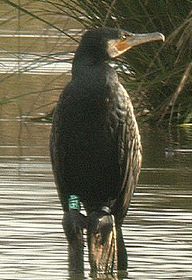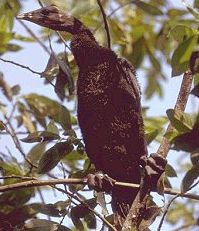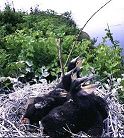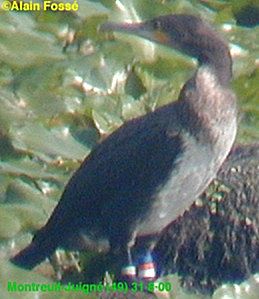Aims of colour-ringing Colour-ringing, or generally speaking colour-marking, is a valuable research tool for a variety of bird studies. Short term research, such as detailed behavioural investigations of activities and interactions of a particular set of birds in a restricted area, or long-term research on demography and population dynamics, movements between breeding and wintering areas, phenology and migration strategies may be greatly improved by colour-ringing. The use of colour marks,
which are visible and legible at distance, dispense with
the need to recapture birds to read the ring inscription
as is typical of conventional metal rings.
|
|
More details on colour-ringing For an introduction on colour-ringing techniques and information on projects in Europe navigate the Dirk Raes colour-ring birding new site (old version is here). For more information on what is scientific bird ringing, what are methods of bird ringing and what is the role of bird ringing for understanding bird biology and ecology, as well as recognizing and addressing population and habitat conservation issues see the EURING brochure on Bird Ringing in Science and Environmental Management. For examples
and information on colour ring coding:
|
||||||||||||||||||||||||||||||||||||||||||||||||||
See also the Old UK combinations (1980s and eraly 1990s projects) from which there are no longer reports of birds Untraced cr-cormorants
|
|
|
||||||||||||||||||||||||||||||||||||||||||||||||||
|
||||||||||||||||||||||||||||||||||||||||||||||||||||




